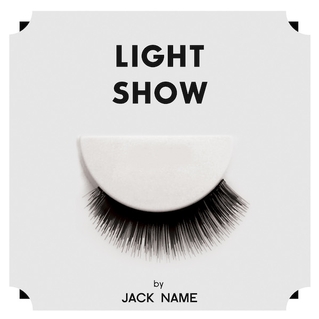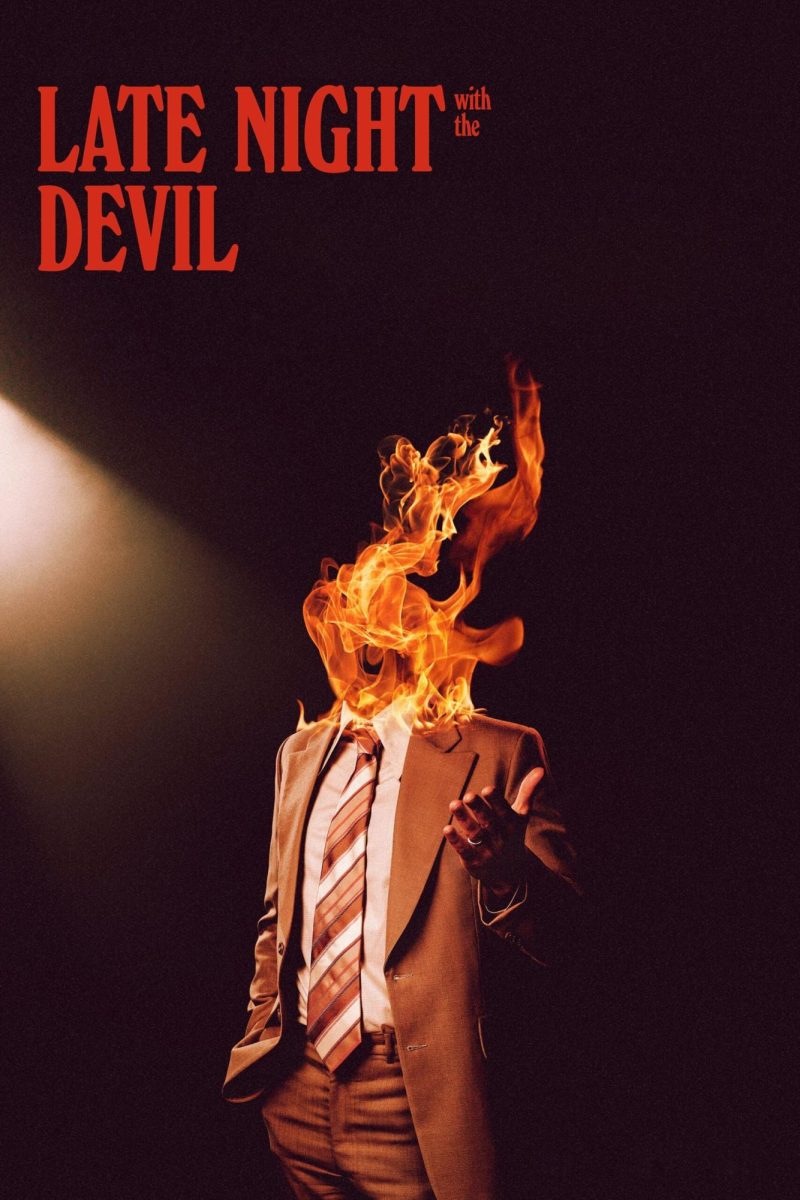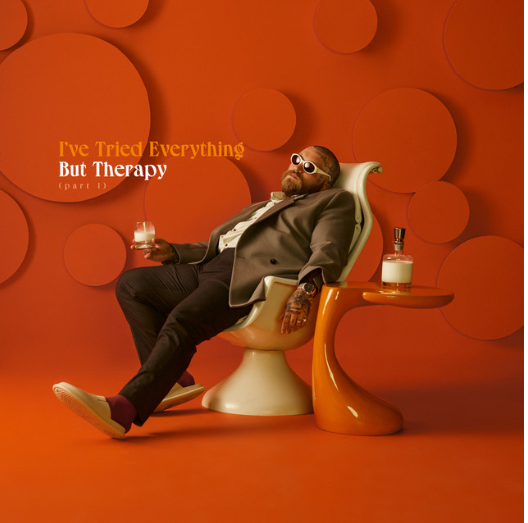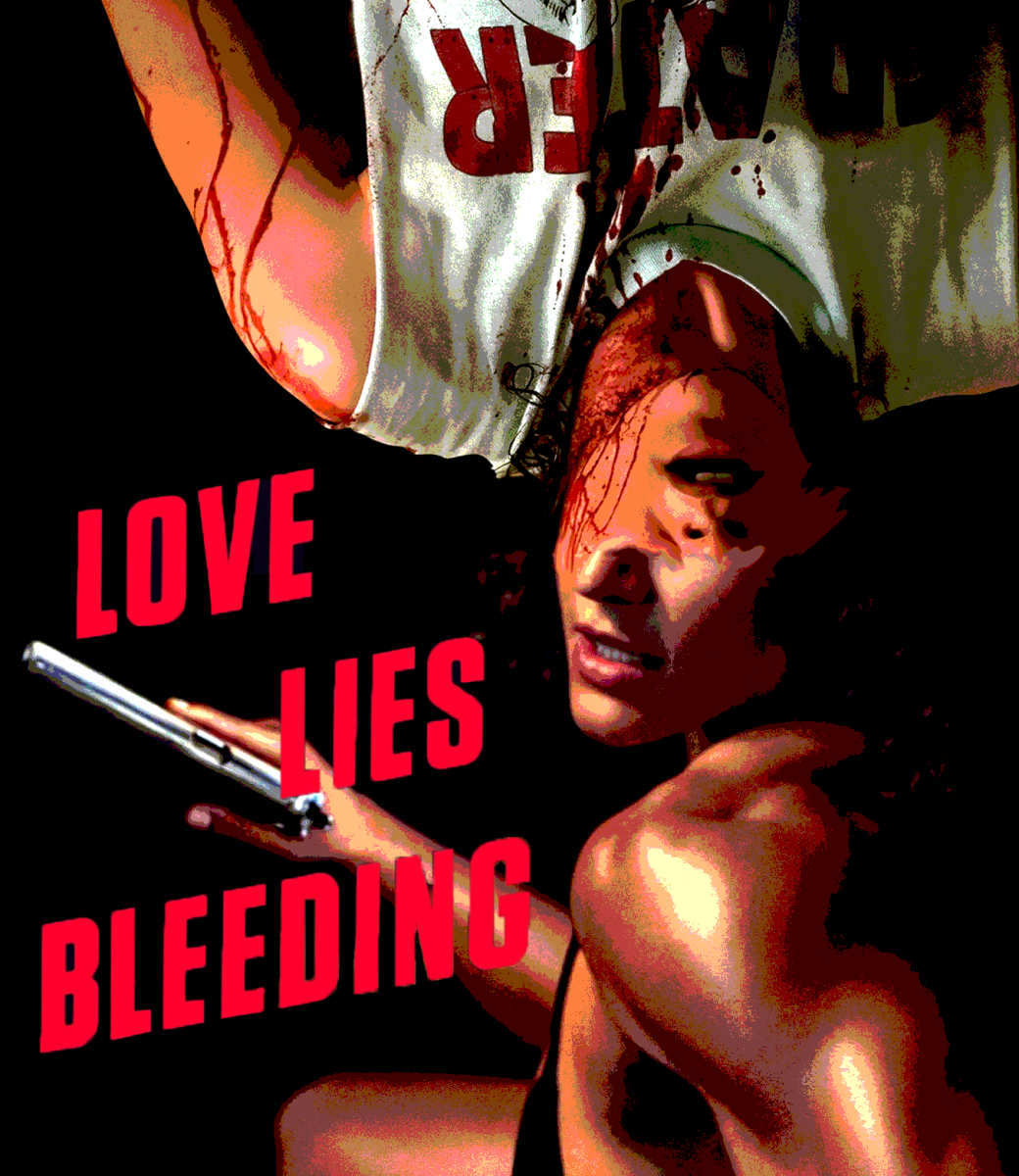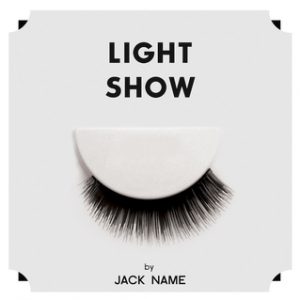
“Light Show” is Los Angeles-based songwriter John Webster Johns’ first album under the Jack Name moniker. Throughout “Light Show,” Johns fully indulges the most outré leanings of his songwriting sensibilities. Clocking in at only half an hour, “Light Show” is a brief but affecting journey through the subconscious of an equally talented and bizarre musical personality.
From its opening seconds onward, “Light Show” is without a doubt a studio-driven project. The album’s production techniques and effects fill as vital a role as any instrument on the record. This is heard to the greatest effect in regards to vocals. Johns’ voice is pitch-shifted in various ways throughout the album, giving the listener the closest approximation possible of the Residents attempting to write T. Rex songs. “Do the Shadow” juxtaposes these bizarre vocals with 1950s pop fetishism to create one of the most unsettling, yet musically upbeat moments on the album.
Album highlight, “Pure Terror,” feels like the result of leaving a copy of the “Rocky Horror Picture Show” soundtrack out in the sun to allow for maximum vinyl warping (indeed, the opening line follows the same melodic pattern as “Science Fiction/Double Feature”). Overall, “Light Show” successfully filters the sounds of classic glam rock through the warped minds of bedroom-pop stalwarts like R. Stevie Moore and Bobb Trimble, creating an insular musical headspace that few artists explore.
Lyrically speaking, “Light Show” is a meditation on one central theme. The album features several lyrical allusions to the harmful effects of medication on the creative inclinations of young artists. This theme frames “Light Show” as a sort of loose concept album about the ills of correcting what mainstream society labels as “disorders.” The most significant motif of the album is “the shadow.” Within the world of “Light Show,” the shadow acts as the manifestation of one’s creative output. The lyrics on “Light Show” pit individuals’ shadows against the evil “light” with the shadow-destroying tool of conformist society.
The final two tracks, “Out of Sight” and “Killing a Shadow,” are the most devastating illustrations of this theme. The narrator in “Out of Sight” warns against the dangers of expressing one’s shadow, as it draws unwanted attention to those who wish to suppress and ultimately destroy it. “Killing a Shadow” describes just that: the death of one’s creative energies as they are finally overcome by the light. While this theme encompasses nearly all of the material on “Light Show,” the album’s brevity allows Johns to avoid the pompousness of traditional rock operas. Instead, Johns has created a lo-fi mini opus about the ill treatment of those who feel more at home on the outskirts of society.
With “Light Show,” Johns’ Jack Name project has successfully turned a string of unrelated influences into an unmistakably original musical statement about following one’s muse. By indulging his eccentricities, Johns has avoided the light that his album warns against, keeping his shadow intact in all of its demented glory.


